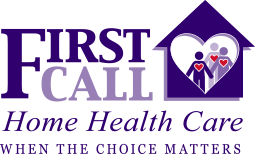- Avoid the outdoors on windy days, especially morning and mid afternoon when allergy count is higher. If you do need to be out, cover mouth and nose with scarf or mask.
- Keep care and home windows and doors closed and avoid electric fans that can kick up pollen in the air.
- Install a HEPA filter on your air-conditioning system and a flat or panel filter on your furnace.
- Wear a hat to cover your hair.
- After returning from outdoors, shower, wash your hair and change your clothes. Remove your shoes (& hat) before entering your home.
- Add humidity to your indoor environment – try placing a container of water in each room (make sure to keep it fresh), use a humidifier.
- Try to get out of cleaning your home and leave it to the non-allergenic members of your family. If that doesn’t work out wear a mask while dusting and vacuuming.
- While driving in your car, set your air conditioner to “recirculate air” setting.
- Avoid using harsh chemicals in your home when cleaning (bleach, ammonia, etc) which can irritate nasal passages and aggravate allergy symptoms.
- Try a nasal rinse such as a neti pot, make sure to follow directions closely using distilled or cooled, boiled water and iodide-free salt and soda.
- Alternative Treatment:
- Butterbur extract has shown to be as successful as antihistamine medicines in some studies.
- Acupuncture – preliminary studies are showing good clinical results.
- Eat Healthy – lots of fruits and vegetables and nuts.
- Drink plenty of clear, nonalcoholic liquids to keep mucus thin so sinuses can drain well.
- Inhale some steam by holding your head over a warm basin of water and use a towel over your head to trap the moisture.

